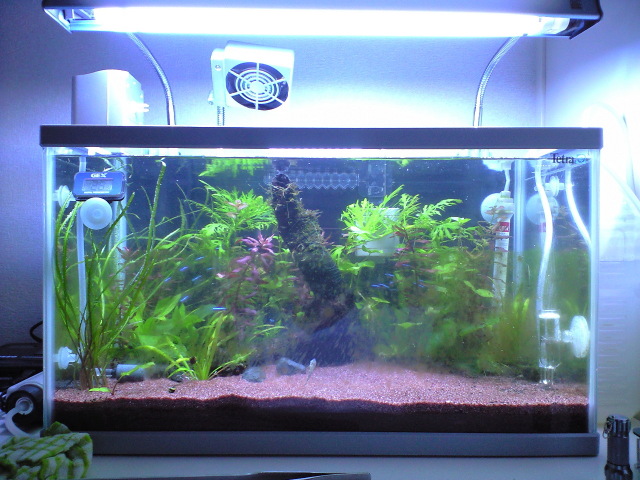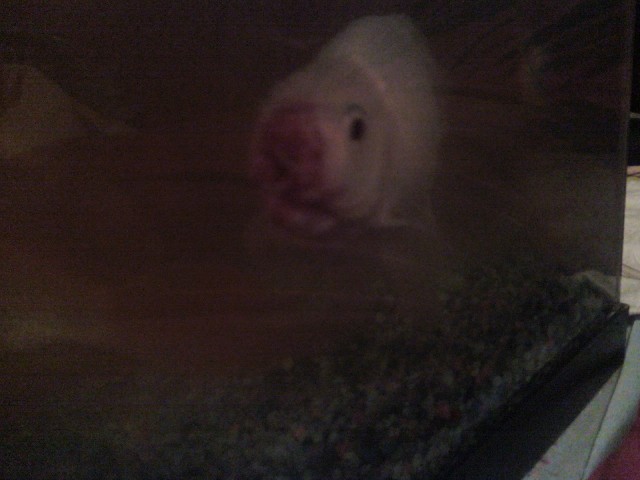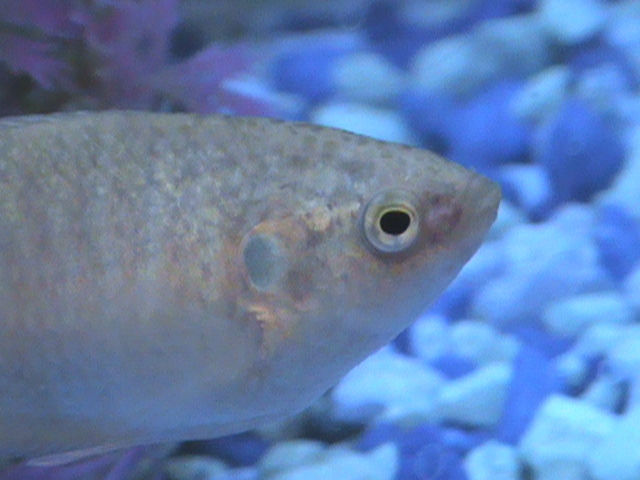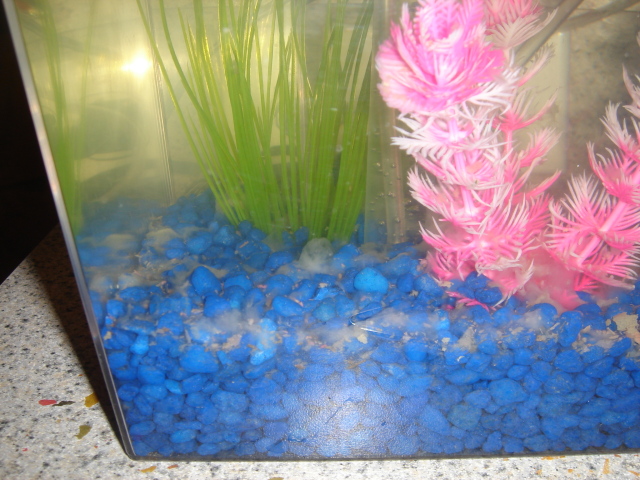QuestionI have heard you can lower tank ph with vinegar safely but must use a particular type of vinegar. Is this true, and if so, what type? I am not sure where to find driftwood near me, whether it must be freshwater or ocean driftwood or what size to use for my tank (25 gallons). Any thoughts? The tap water ph around here is also pretty high.
AnswerDear Samuel,
It's actually best not to mess with your pH at all. Especially when you are trying to lower it. What happens is when you have a high pH, there are buffers naturally present in your tap water that keep the pH at that high level. So when you try to add chemicals or pH lowering substances, the buffers just absorb it and raise the pH back to it's normal level again. So pH adjusters only work for a short time and when you test your water again, the pH is back where it was. This all results in pH flucuations that can cause very stressed fish.
Remember it's better to have a stable water chemistry, even if it's out of your fishes preferred range, than a specific one. And fish thrive better if they always have clean water by frequent partial water changes than if their water chemistry is a specific level. The real truth is, most all commonly available species from tetras to cichlids are primarily farm-raised to such an extent that they are already adapted to varying levels of pH and hardness and they can thrive in a pH that is way out of the range you'd find in their natural habitat. Fish are very adaptable and hardy for the most part.
Driftwood can be usually found at your local Petstore, usually petstore's sell their driftwood attached to a piece of slate to keep it weighted down in your tank. Or you can also find and use driftwood collected from around a lake. I'm not sure about the salt-water driftwood but I'd imagine it couldn't be too bad to use if you pre-soaked it for several weeks to get excess salt out.
Collected driftwood may sink on it's own, but usually you have to weight it down until it naturally becomes water logged after about a couple of months, be patient and it will eventually sink on it's own. I've used clear fishing line to attack and somewhat heavy rock underneath a piece of driftwood to make it sink and at the same time, you couldn't really tell it had been weighted. After a while you can remove the string and rock and the driftwood will sink naturally. Another way to keep the driftwood down is to just prop a large heavy rock on either end of it or wedge it securely between rocks or other tank ornaments. The size you choose doesn't matter, just make sure it's genuine driftwood in otherwords, not just some look-alike wood that is still decaying.
I have had the best luck in buying driftwood online. Online stores usually sell driftwood that already sinks on it's own and is a very attractive decoration.
Look here for some really nice driftwood pieces-
"http://www.floridadriftwood.com/subcat.asp?0=200"
Or
"http://www.aquariumguys.com/aquarium-driftwood.html"
All driftwood will leech tannins into the water. While not dangerous to fish, it will lower your pH and cause a slightly brown or gold tinge in your water. This can be removed by water changes and using plenty of carbon in your filter. Eventually, driftwood will stop leeching the tannins after several months or so.
Driftwood is a great natural decoration for aquariums. Many fish appreciate the hiding places and interesting enviroment that driftwood creates. Many pleco species enjoy rasping on driftwood to supplement their diet with roughage.
Don't worry about your pH. I know many aquarists who have hard water with a high pH and they are still able to keep and breed many, many fish species. I also have a high pH and hardness, and all my fish thrive and spawn without any adjustments to their water. What fish tend to thrive on most is clean water. If you'd still like to lower your water's pH you can use R/O water (Reverse Osmosis) which you can buy by the gallon at some petstores, or buy a unit for home use. RO water is filtered water that has almost no minerals in it, so much that it cannot be used by itself due to special trace elements that are needed for healthy fish that are lacking in RO. But it can easily be used to lower your pH when mixed with a little tapwater and this by far is the most effective way to lower your pH.
I really hope this helps and feel free to write with anymore concerns!
Karen~

 Very shy cardinal tetras and water questions
Questionaqua
QUESTION: Hi , its been a month tha
Very shy cardinal tetras and water questions
Questionaqua
QUESTION: Hi , its been a month tha
 Broken lips
QuestionQUESTION: Hello expert, i hope you can help me.
Broken lips
QuestionQUESTION: Hello expert, i hope you can help me.
 jiffy!
Question
jiffy redux
first, thanx for being such a big
jiffy!
Question
jiffy redux
first, thanx for being such a big
 Fish tank water problem
Question
Fish tank
I have a little fish tank (3 gallon)
Fish tank water problem
Question
Fish tank
I have a little fish tank (3 gallon)
 betta tank
Question
my betta tank
hi jaymie, i have a betta tank w
betta tank
Question
my betta tank
hi jaymie, i have a betta tank w